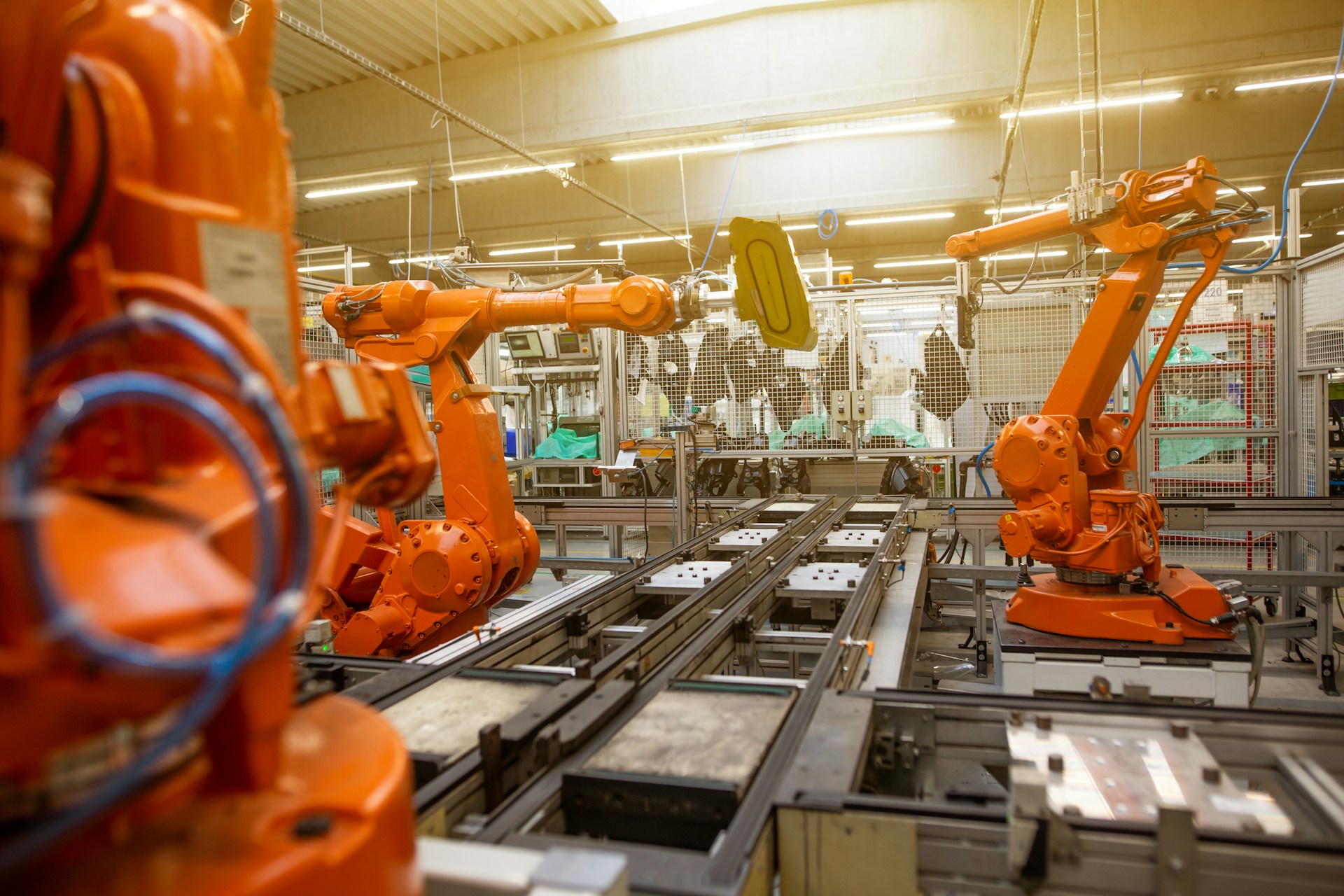American Youth: the COVID-Generation
The pandemic brought the global economy to a grinding halt. It has resulted in unprecedented change and alarmingly, millions found themselves unemployed and facing an uncertain future. The scenario in the US was no different. Even prior to the pandemic’s onset, in the years since the Global Financial Crisis (GFC) of 2008, the economy mostly remained fragile.
The US had barely recovered from the collapse of Wall Street majors when trade differences with China stemmed, yielding damaging consequences. In April 2020, the US witnessed its unemployment rate surge to 14.7 percent – the highest level recorded since 1960. Fortunately, as of October 2020, its unemployment rate stood at 6.9 percent. And it is expected to remain between 6 percent to 7 percent between now and 2022 – still much higher than 2016 levels. When President Trump assumed office in 2016, his key theme was to “make America great again”. He said he would “bring back American jobs.” In all fairness, the US did add jobs consistently since September 2010 although the share of the employed population has never quite recovered from a decade ago.
An unemployment crisis looms large and it is one that warrants immediate action. Most analysts seem to reckon the pandemic has possibly reversed progress by a good decade or so. If such is the case, then an entire generation of American youth—the ‘COVID generation’—may be faced with gloomy prospects. It is only fitting then to lay out clear guidelines to overcome the challenge through collaboration.
It is with the intention to deliberate and encourage dialogue among world leaders that Horasis is organizing the ‘Horasis Extraordinary Meeting on the USA’. The event is scheduled to take place virtually on 18 March 2021, using the innovative Run the World online conferencing platform.
The COVID-Generation
The 2008 economic downturn was attributed to several factors. There was the sub-prime mortgage crisis, the automotive sector had adopted unsustainable processes in their leasing programs, and malpractices had led several financial majors to collapse. The effects were felt worldwide and efforts were then focused towards reviving the economy. Former President Barack Obama, in his inaugural speech in 2009, highlighted that the country would harness the “power of the wind and the sun” to better meet energy needs. And that these sectors would also contribute to employment generation.
As a matter of fact, a similar focus is fitting in the present context too. President-elect Joe Biden will be assuming the reins at a juncture that is all too similar to 2009. The US economy is in less than an optimal state and innovative solutions will have to be found to give more certainty to the COVID generation who will, no doubt, require greater assistance.
The uncertain future that the COVID-generation is faced with, must be addressed. The attempts to reshore manufacturing activity to the US has well-meaning intentions at its core. However, if these efforts are based on an isolationist stance, it will be a futile exercise. The world has evolved in all spheres and likewise, collaboration and inclusivity are higher ideals that must go alongside reshoring efforts.
The New Administration at Work
The incoming Biden administration has proposed an unemployment insurance plan that will seek to keep people employed. The initiative is also geared towards creating a universal short-term compensation program for crisis situations.
If this plan is approved by the US Congress, the net outcome would mean saving or restoration of millions of jobs. The growth of an economy is not only dependent on how much a country produces and sells to other nations, but also on the purchasing power of its citizens.
What transpired in the years following the GFC was rising inequality in the labor market coupled with inadequate labor demand and stagnating wages for working- and middle-class workers.
The recovery was uneven and prolonged and it was skewed in favor of less skilled men than those with college degrees. In addition to this, jobs were few regardless of skill level, gender, age or industry. And wages were mostly stagnant between 2002 and 2014.
The Future is Together
The incoming US administration has shared its intent to assume positive steps to secure the employment of its future workforce. But as highlighted earlier, the recovery must be a balanced one. President Trump’s trade policies with China are unlikely to be reversed in a jiffy and it implies scouting new markets for produce that can no longer be directed towards China. An example is the US dairy industry which must now look to other emerging markets for US dairy exports.
Policymakers will also have to look at reskilling and upskilling the working class. Efforts must be made to create policies that support the growth of new jobs, especially in areas such as technology and renewable energy. Meanwhile, all stakeholders—namely, the government, businesses, and the civil society—must pool their strengths together to form a robust future for the next generations. The US must ensure a future that is sustainable and robust enough to tide over future economic or healthcare crises. And the ‘Horasis Extraordinary Meeting on the USA’ is one step in that direction.



